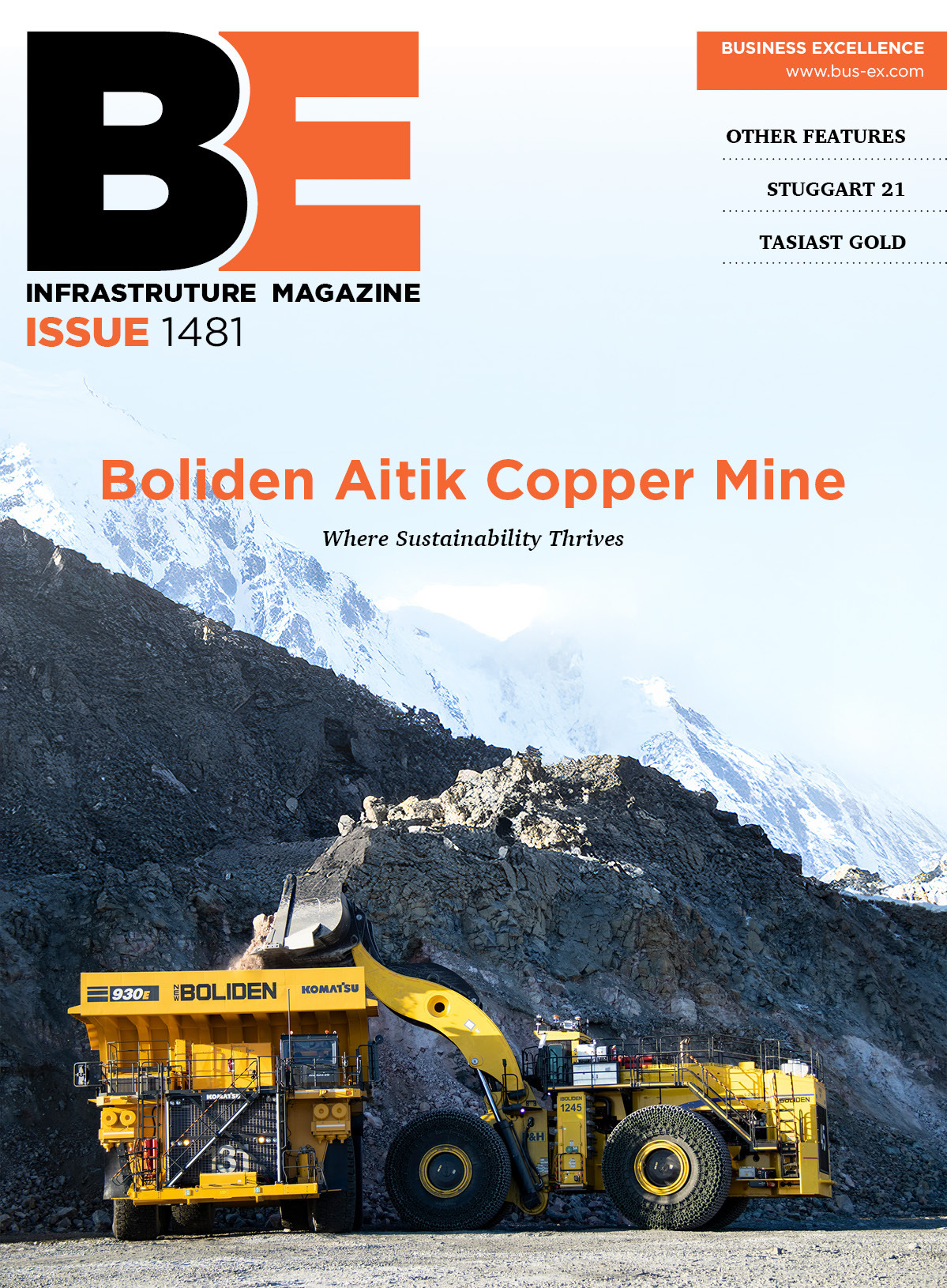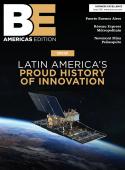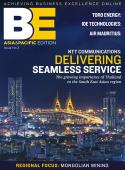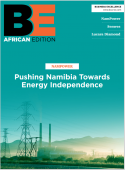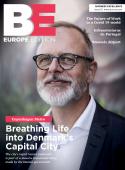Smoothing troubled waters┬áOne year on from its inception, steel trading giant Coutinho & Ferrostaal has integrated all elements of its merged identities and weathered the steel price storm. John Foster, COO of the US arm of the business, talks to Gay Sutton about the first year in operation. It was an interesting year for steel; it began with soaring prices, continuing consolidation in the market place and fierce competition. Yet in the last few months the financial crisis percolated into every nook and cranny of business around the globe, resulting in shrinking demand for steel and falling prices. It was into this volatile and aggressive environment that Coutinho & Ferrostaal (C&F) emerged on January 1, 2008. ÔÇ£Almost as the ink was drying on the merger, world steel prices were growing out of control and demand was off the charts,ÔÇØ says COO John Foster. ÔÇ£This put such middlemen as steel traders into a precarious position and moved our risk meter into the red zone, all at a time when we were trying to get to really know each other.ÔÇØC&F was formed through the merger of CCC Steel and Ferrostaal Metals Group. But behind these companies were three international steel moguls, each of whom has taken an equal third ownership of C&F. Two of them originated in GermanyÔÇöMAN Ferrostaal, based in Essen, and Munchmeyer Peterson, based in Hamburg, who between them have been globally trading in steel for over two centuries. The third shareholder in the merger is Villacero Group, the largest steel distributor in Mexico, which also operates steel fabricating and processing facilities.In common with all mergers, the aim was to enhance profitability and gain market share. ÔÇ£But the joining of CCC and Ferrostaal was both a physical and culture chemistry merger.ÔÇØOne of the first actions the company took in response to the precarious nature of the changing marketplace was to ramp up a revised and even more disciplined set of risk management guidelines with which to govern the new company. ÔÇ£In its extreme, ours is a business of moving thousands of tons of metal from such obscure places as Inner Mongolia, if need be, to, say, downtown Salt Lake City. The variables involved are many, and each represents a risk that if mishandled or miscalculated can cost you multiples of your normal profit on a single transaction. Therefore, risk management has garnered added emphasis as we ply our day-to-day trade.ÔÇØMeanwhile, C&F was restructured, not only to buy and sell steel but to deliver a wider range of services to its customers and supply chain. ÔÇ£These fall under the wide umbrella of what we call structured trade,ÔÇØ Foster says, ÔÇ£and encompass such non-traditional trader functions as inventory management, trade financing and risk sharing equations. The fundamental element of structured trade essentially allows us to serve as a banking element to our partners. We not only buy and sell steel; we also partner with our customers and suppliers, with steel being the binding catalyst.ÔÇØOver the past year, Coutinho & Ferrostaal Incorporated (CFI)ÔÇöthe US arm of C&FÔÇöhas been taking the best elements from the merged teams and binding them together as one. ÔÇ£And it has to be said, we didnÔÇÖt miss a beat at attacking the marketplace and gaining trust and credibility in the marketplace,ÔÇØ Foster says. ÔÇ£Often when it comes to mergers, one and one does not equal two. But we felt we could make the 1+1 equation work, since we had a very aggressive growth plan building upon the strengths and expanded attributes of the merged partners. As it turned out, however, the virtually unprecedented market volatility altered the trader element and some adjustments were unavoidable. Today CFI consists of 70 people marketing 1 to 2 million tons of steel and structured trade services within the Americas.ÔÇØThe first year of operations, according to Foster, has been a blur of blending internal integration while introducing the new company to the international marketplace. Internally, this involved getting already similar and finely tuned gears to mesh more evenly. ÔÇ£As diverse as our two companies were individually, there was amazingly little duplication in commercial turf. Where we did have overlapsÔÇösuch as in China, India and TurkeyÔÇöwe had the somewhat enviable task of borrowing upon the best of both worlds and distributing strengths to where they would serve the organization best. And as it turned out, it was this considerable market experience that enabled C&F to quickly and successfully integrate into a global steel marketplace during a time of record upheaval.ÔÇØFinancially, the company has seen trading success. Although the first quarter was particularly challenging, the second and third quarters excelled, and the fourth quarter looks set to tread water.Looking forward into 2009, Foster says, ÔÇ£virtually all reports we read today indicate a dark and turbulent economy worldwide. One of the biggest producing influences in our global market is China, and we believe even this international steel titan will be experiencing some major bumps in the economic road. Fortunately, C&F has chosen its dozen or two key Chinese supply partners well from the 800 or so available, and we foresee China remaining an integral part of our global steel strategy. We also expect to ramp up our already strong relationships in countries such as Malaysia, Mexico, Russia, Ukraine, Brazil, Turkey and the EU to augment what we believe can be a better-than-industry year where one will need to be strong to survive.ÔÇØC&FÔÇÖs core business is inseparably linked to the performance of the sectors into which it supplies. For example, when the construction industry slides or grows dramatically, so does the demand for reinforcing and structural steel. ÔÇ£If the housing or automotive sectors get into trouble, we will feel an almost immediate effect in our sheet steel lines because fewer washers, dryers or cars are being produced. So our vision is to tighten and sharpen our international network of commercial professionals and hone our communication forum to the finest edge possible so we can read the market changes even more quickly than today.ÔÇØMeanwhile, the company hopes to almost double the more unconventional service side of its business during the coming 18 months. Not as closely linked to market volatility, this should have a stabilizing effect on the business. ÔÇ£In a world where credit and financing are becoming ever more difficult,ÔÇØ Foster says, ÔÇ£it will be our ability to balance these conventional and non-conventional elements of our business that will dictate our degree of success.ÔÇØ┬á



